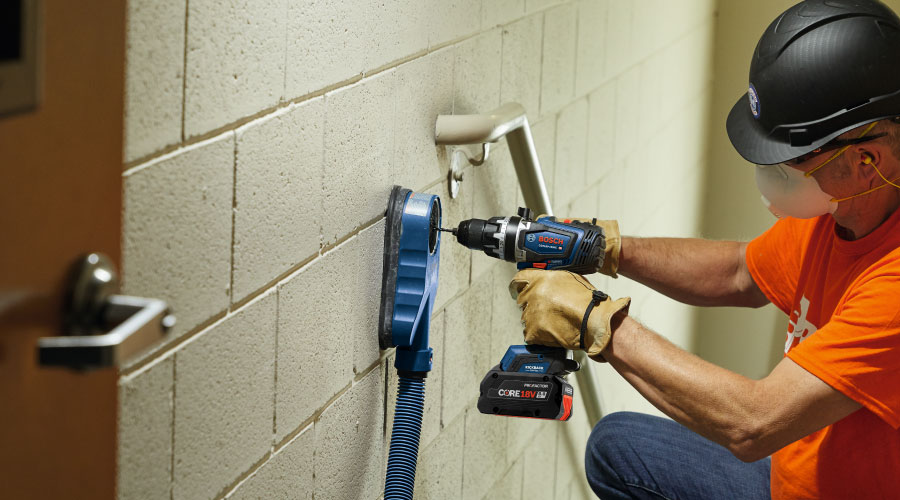Utility Rebates Can Determine Whether Capital Projects Get Off The Ground
Indeed, a rebate can make the difference in whether a project goes forward or not, says Marla Thalheimer, director of sustainability at Liberty Property Trust. Thalheimer works with a third-party company to help her find rebates when working up capital budgets and needing to replace such items as a rooftop unit or some HVAC equipment. That company "is always aware of more programs than we know about," she says, "so they can maximize rebate opportunities that even our vendors don't know about." Thalheimer's goal is to spend capital improvement dollars smarter, which means not replacing "like for like," but rather replacing something old with something more efficient.
Liberty recently completed a lighting retrofit in a warehouse in Pennsylvania for $185,000, and her company was able to capture $98,000 in rebates. A second project at a warehouse, completed in May of this year, replaced metal halide fixtures with fixtures for T5 high-output lamps at a cost of $63,000, but rebates came to $60,000. "It shows you there is money out there and you can tap into it," she says.
Business Case Strategy
It's not only companies that are in the business of managing buildings that incorporate rebates into the justification for a project. At SAP, capturing rebates is part of the overall business case strategy and gets factored in on ROI, says Larry Morgan, senior facilities manager, SAP Labs. In some cases where rebates aren't available, the efficiency gain or ROI may be strong enough to justify going ahead with a project anyway. SAP makes these decisions on a case-by-case basis, explains Morgan.
Facility managers typically work with utilities and third-party vendors to identify rebates and work out the details of custom programs and paybacks before they approach executives about new projects. It is not hard to calculate projected savings from rebate programs, since they are fixed dollar amounts based on specific efficiency upgrades being completed in buildings, but it is also possible to be quite exact in determining savings from custom incentives. A letter of agreement is signed with a utility, which sets aside funds for the rebate or incentive. Facility managers then bring that promise to the table to get approval on new energy efficiency initiatives. The utility reviews the work when it is completed, and the money is then paid to the company that has made an upgrade.
"When pitching projects to the executive team, we do a lot of background research," Black says. "I can't think of any instance where we have been off significantly."
Black explains that to collect the money for rebates, he simply needs to turn in the invoices. With incentive programs, those providing the money will inspect the project to ensure that it has been carried out according to the agreement.
Related Topics:













